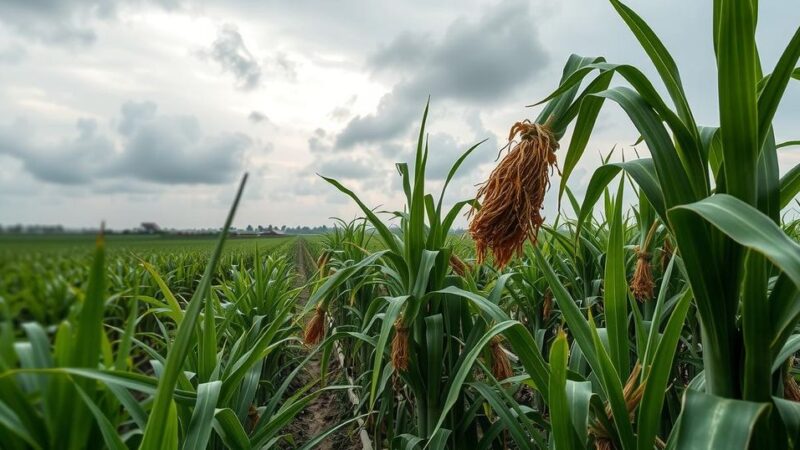President Trump is set to impose tariffs on Canada and Mexico from next Tuesday, alongside doubling the existing China tariff. He cites drug smuggling as the driving force behind these tariffs. Concerns over inflation and economic repercussions may heighten political tensions for the administration.
President Donald Trump has announced his intention to impose tariffs on imports from Canada and Mexico, set to commence next Tuesday. This announcement is accompanied by a plan to double the existing 10% tariff on imports from China. The President communicated this decision through his platform, Truth Social, asserting that the tariffs aim to combat the smuggling of illicit drugs, particularly fentanyl, into the United States.
Trump stated that the current levels of drug trafficking into the country are unacceptable and indicated that the proposed tariffs would incentivize other nations to take stronger action against such trafficking. He emphasized the seriousness of the drug epidemic, stating, “We cannot allow this scourge to continue to harm the USA, and therefore, until it stops, or is seriously limited, the proposed TARIFFS scheduled to go into effect on MARCH FOURTH will, indeed, go into effect, as scheduled.” The additional 10% tariff on China will also be implemented on the same day.
The prospect of these increasing tariffs has raised concerns within the global economy, with potential implications for inflation and consumer prices. Citizens have expressed worries regarding higher costs, particularly affecting the automotive sector, which heavily relies on trade with these two significant partners. Experts warn that the economic repercussions may lead to a backlash against Trump, should these tariffs result in elevated prices and diminished economic growth.
In summary, President Trump’s planned tariffs on Canada and Mexico, alongside increased tariffs on China, aim to address drug trafficking issues. This move raises significant concerns about its impact on the economy and potential ramifications for inflation and growth. As tariffs take effect, the political and economic landscape may shift in response to public and industry reactions.
Original Source: www.centraloregondaily.com





